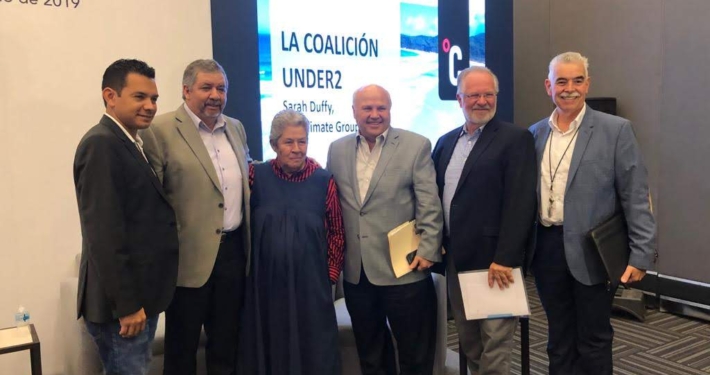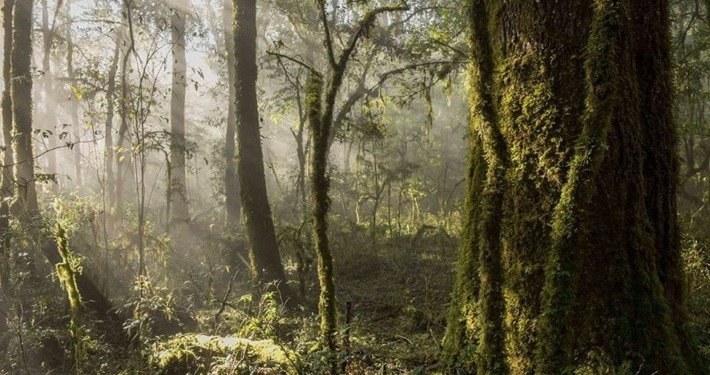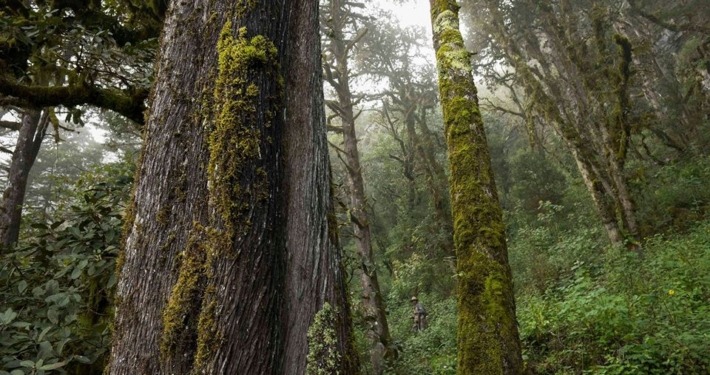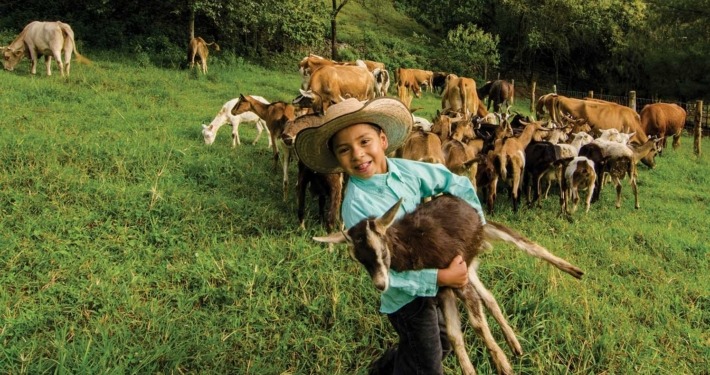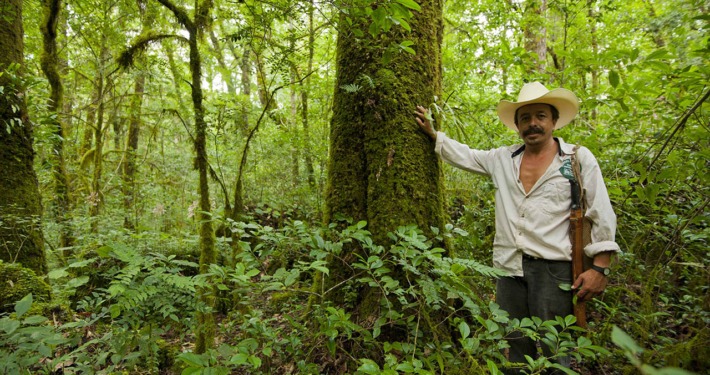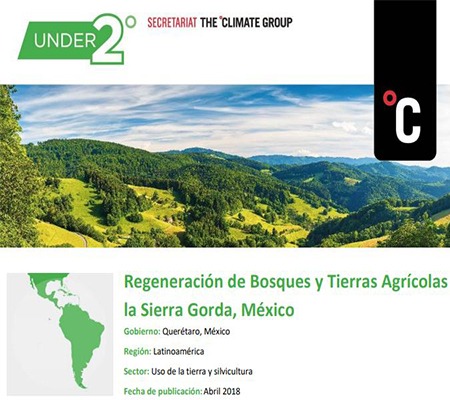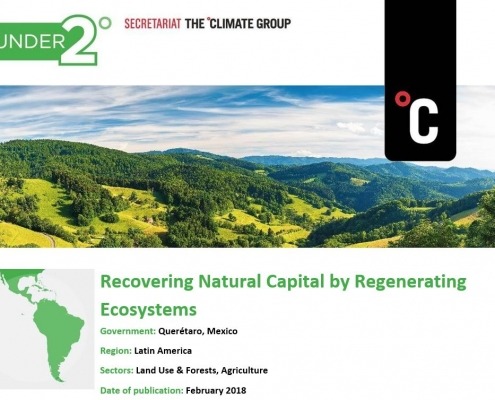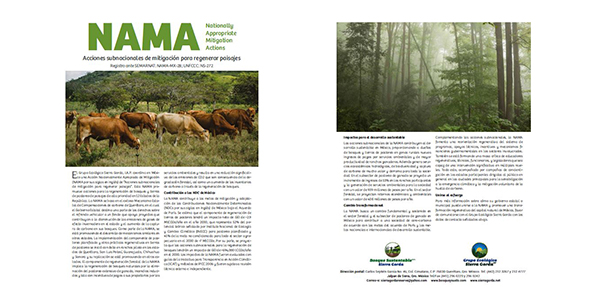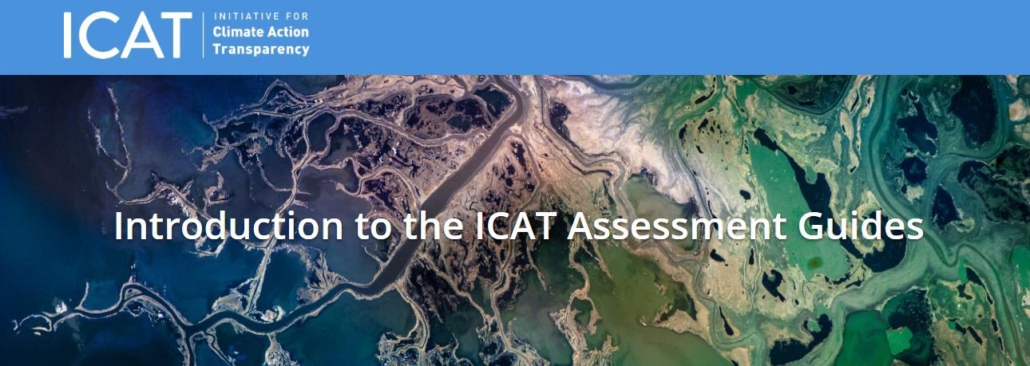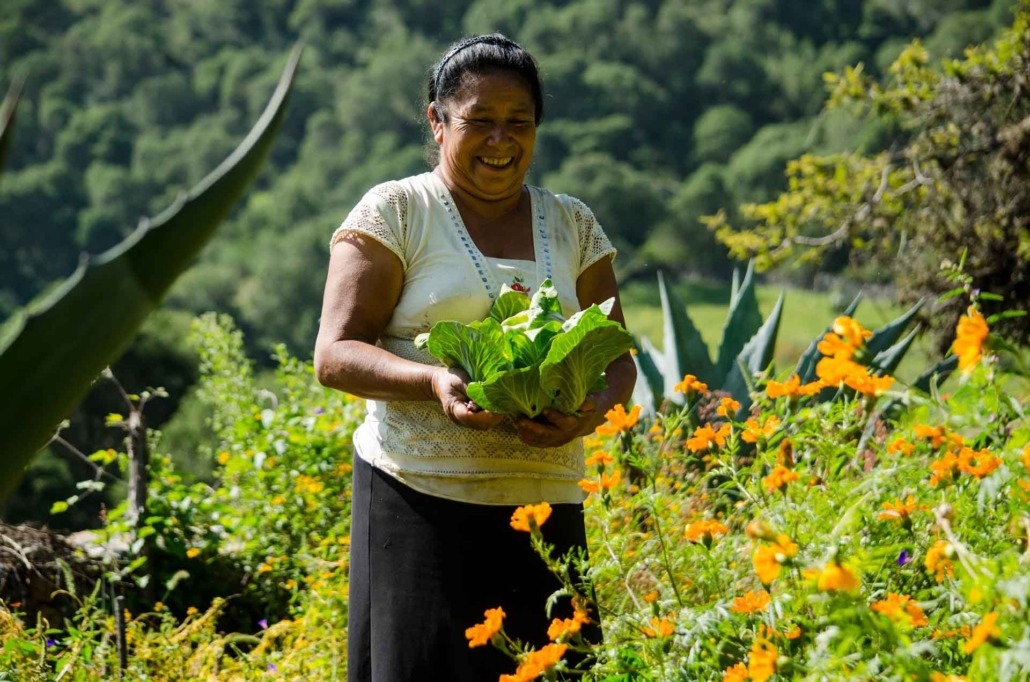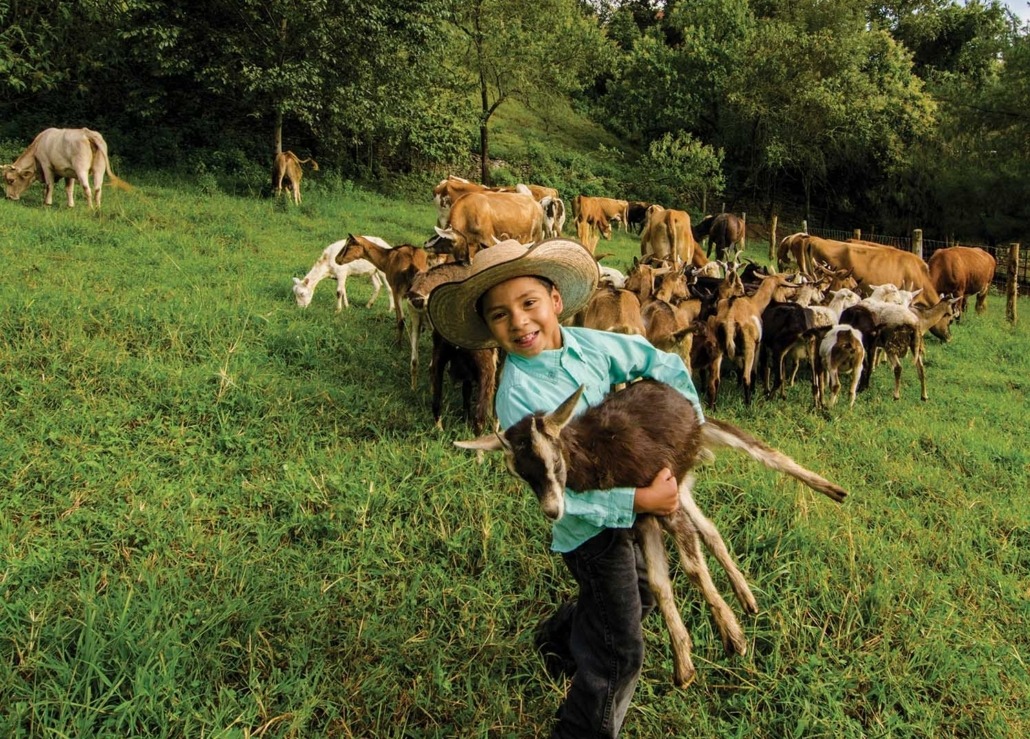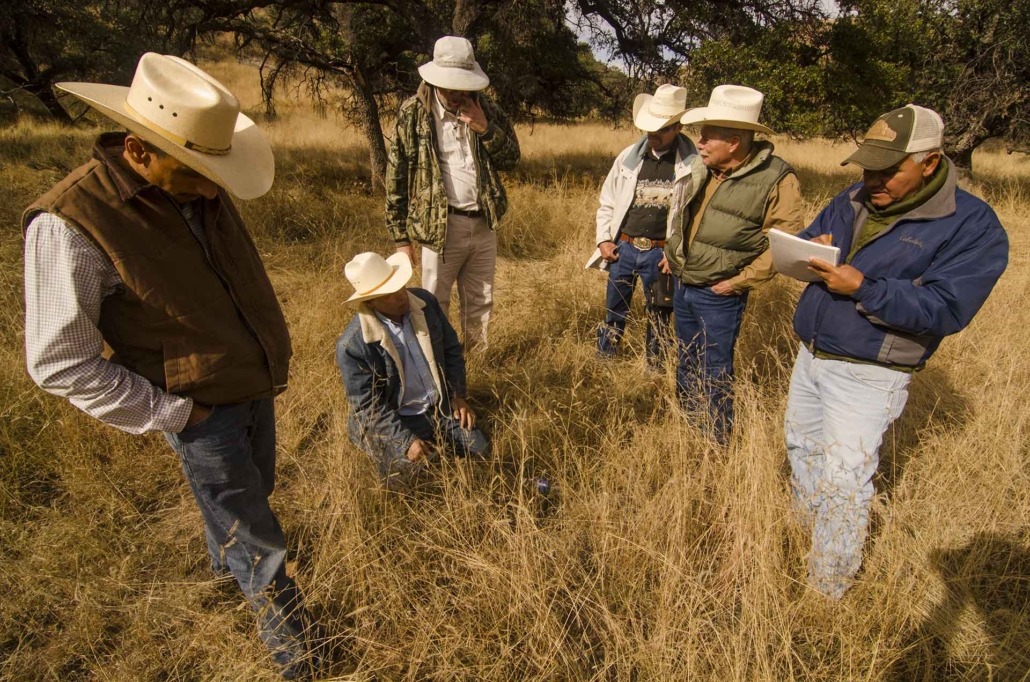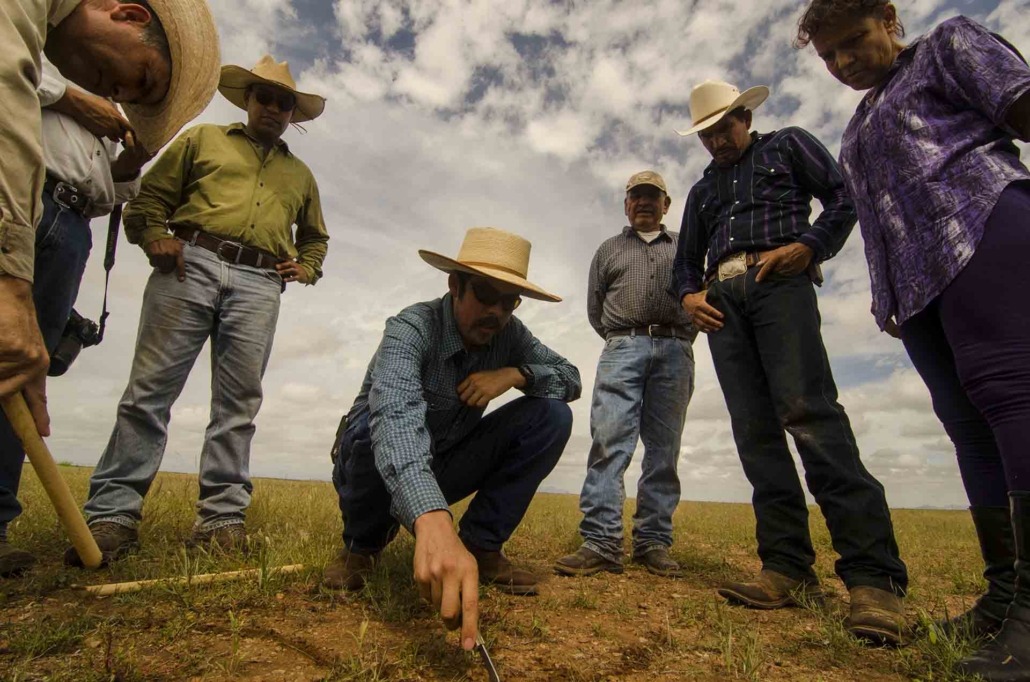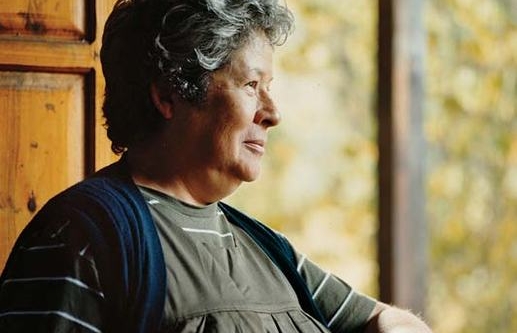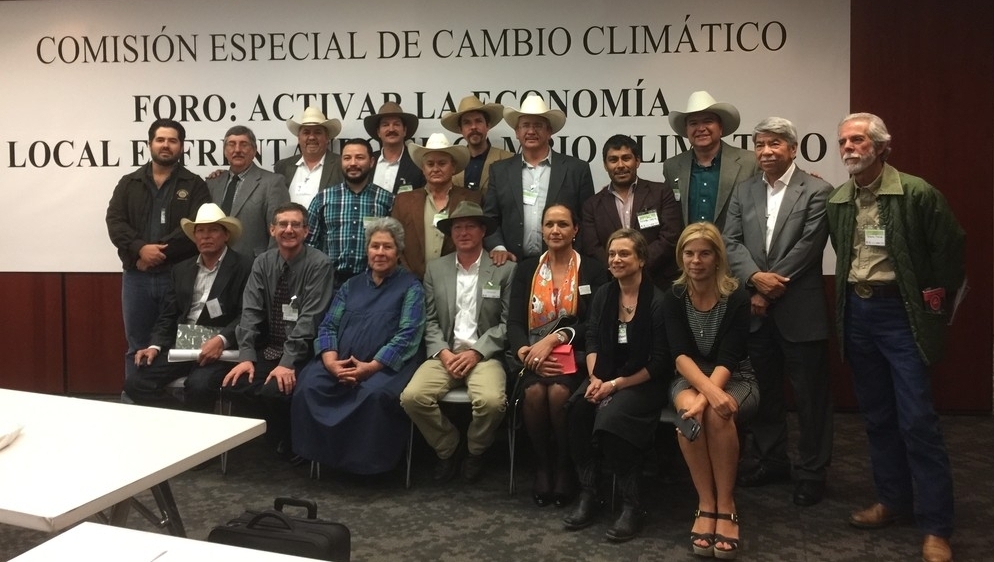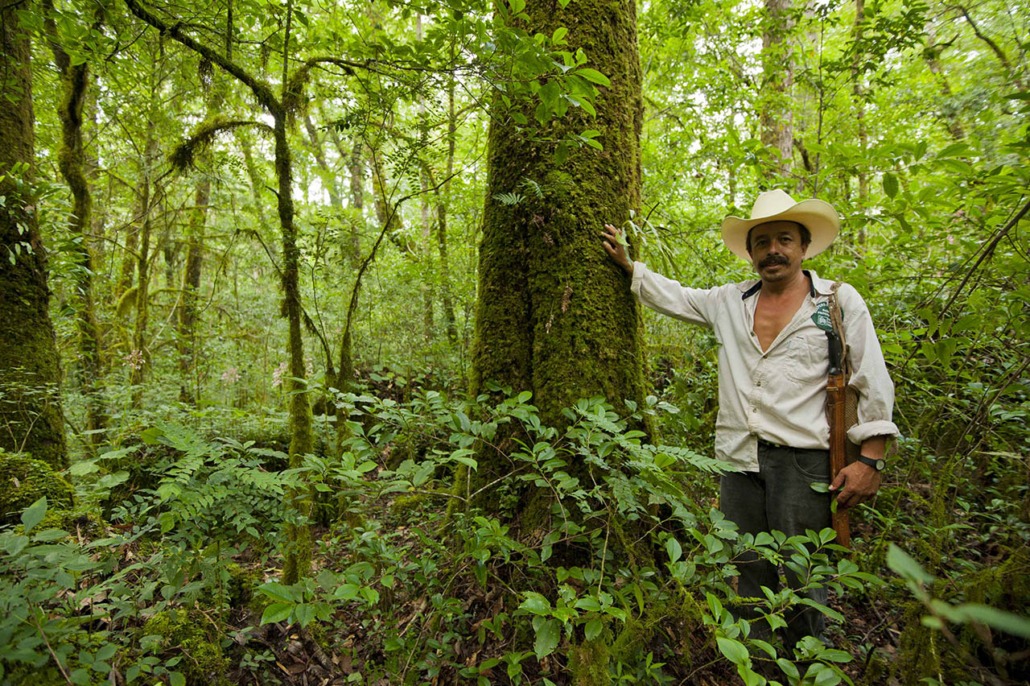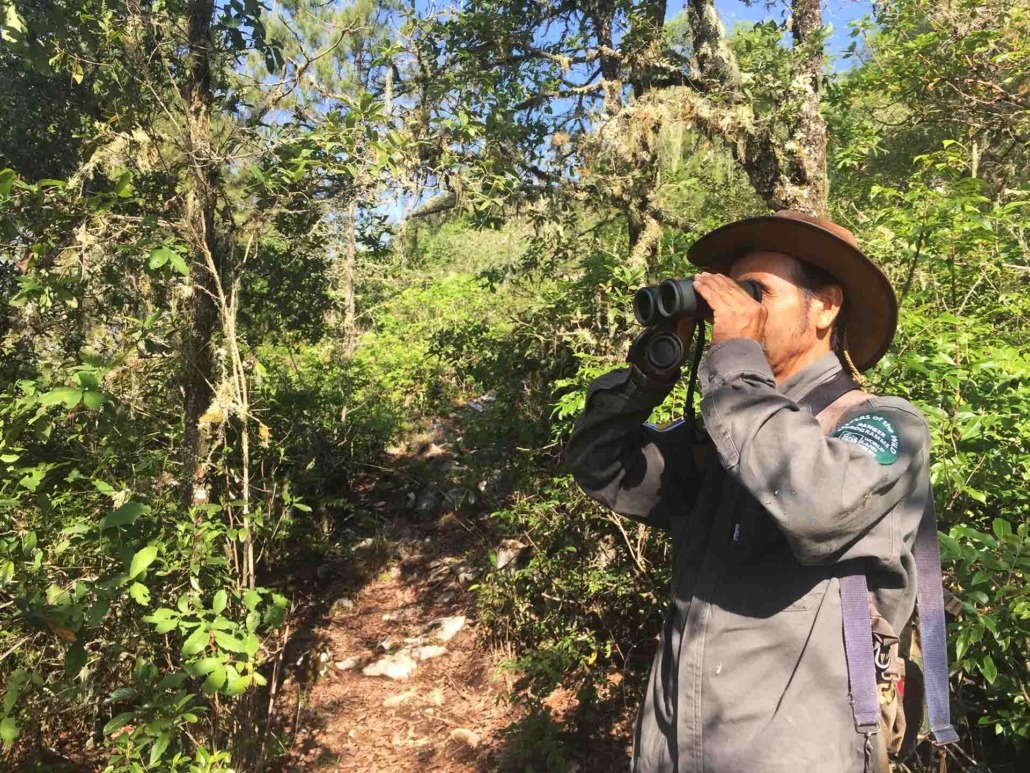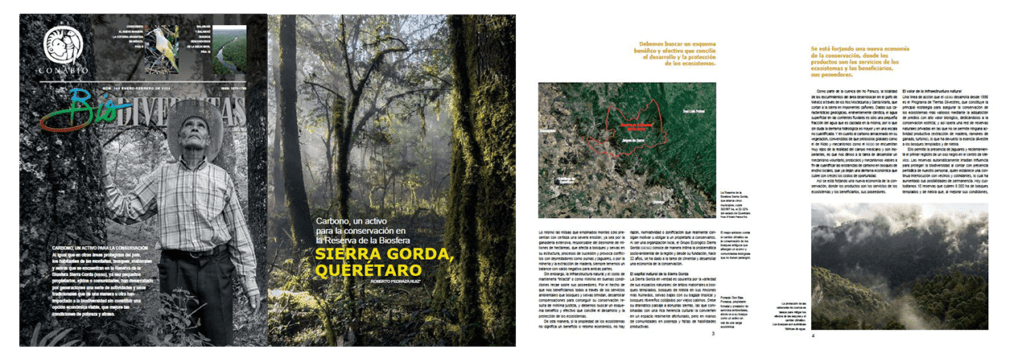Climate Mitigation and Adaptation: Subnational Public Policy
Stimulate Public policy to re-green the country
We are proud to have created, in partnership with the Government of the State of Queretaro, innovative public policies that push climate action at the subnational level. These policies also help to combat poverty, climate change, support biodiversity, and the regeneration of natural infrastructure. Our initiative known as, “Subnational Mitigation Actions for Landscape Regeneration,” creates carbon sinks in forests and soils by valuing natural capital and benefiting forest landowners. It is a Nationally Appropriate Mitigation Action (NAMA) created under the United Nations Framework Convention on Climate Change (UNFCCC).
The public policy provides revenue for beneficiaries for capturing carbon and is contributing to a circular economy for conservation.
Sub-national Climate Action
“Subnational Mitigation Actions for Landscape Regeneration” has the potential to be replicated in other states. We want to re-green Mexico. Together with the State Government of Querétaro we developed this methodology, which has been externally verified under five guidelines of the Initiative for Climate Action Transparency (ICAT). Our methodologies for robust monitoring, reporting and verification (MRV) provide transparency in the reduction in carbon emissions accounted for in the state emissions inventory, and mitigate the State´s vehicular pollution. Querétaro´s local protocol collects a small tax from vehicles registered in the state. The proceeds go into the State Environmental Fund. This fund supports projects throughout the state, including payments to forest landowners for acting as conservation rangers. When they removing livestock from their forests, the forests naturally recuperate their ability to capture carbon and perform other environmental services.


